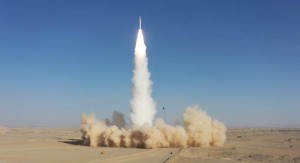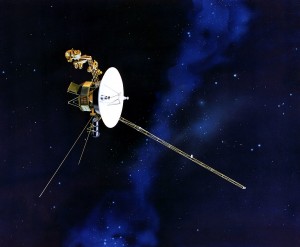At 9:56 on April 16, 2022, Beijing time, the Shenzhou 13 manned spacecraft return capsule successfully landed at the Dongfeng Landing Site, and the Shenzhou 13 manned flight mission was a complete success.
Space launch, fuel combustion, satellite attitude adjustment and many other important links are inseparable from the help of gas. The engines of my country’s new generation of launch vehicles mainly use liquid hydrogen, liquid oxygen and kerosene as fuel. Xenon is responsible for adjusting the posture and changing orbits of satellites in space. Nitrogen is used to check the air tightness of rocket propellant tanks, engine systems, etc. Pneumatic valve parts can use nitrogen as a power source. For some pneumatic valve components operating at liquid hydrogen temperatures, helium operation is used. Nitrogen mixed with propellant vapor has no risk of ignition and explosion, has no adverse effect on the propellant system, and is an economical and suitable purge gas. For liquid hydrogen-oxygen rocket engines, under certain sunshine conditions, it must be blown away with helium.
The gas provides sufficient power for the rocket (flight phase)
The original rockets were used as weapons or to make fireworks. According to the principle of action and reaction force, a rocket can generate a force in one direction – thrust. In order to generate the required thrust in a rocket, a controlled explosion resulting from a violent chemical reaction between the fuel and the oxidizer is used. The expanding gas from the explosion is expelled from the rear of the rocket through the jet port. The jet port guides the high-temperature and high-pressure gas generated by the combustion into a stream of air, which escapes from the rear at a hypersonic speed (several times the speed of sound).
Gas provides support for astronauts to breathe in space
Manned spaceflight projects have extremely strict requirements on the gases used by astronauts, requiring high-purity oxygen and nitrogen mixtures. The quality of the gas directly affects the results of the rocket launch and the physical condition of the astronauts.
Gas powers interstellar ‘travel’
Why use xenon as propellant? Xenon has a large atomic weight and is easily ionized, and it is not radioactive, so it is more suitable for use as a reactant for ion thrusters. The mass of the atom is also critical, which means that when accelerated to the same speed, the more massive nucleus has more momentum, so when it is ejected, the more reaction force it provides to the thruster. The larger the thruster, the greater the thrust.
Post time: Apr-20-2022














